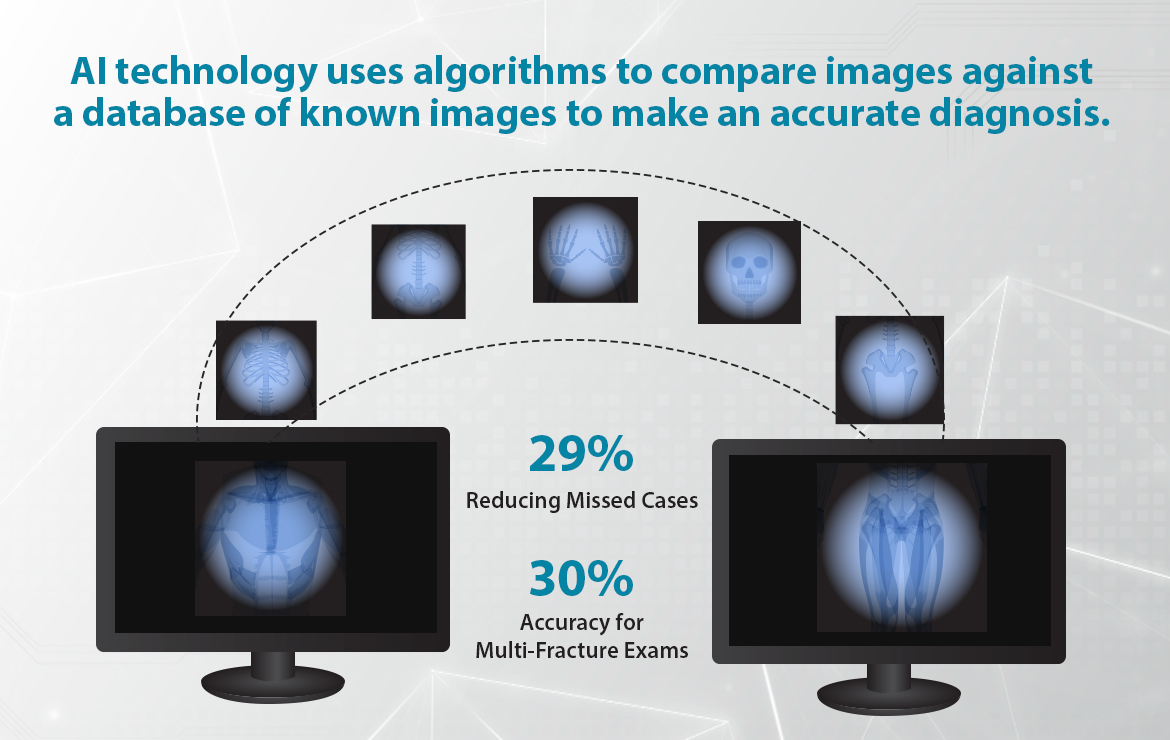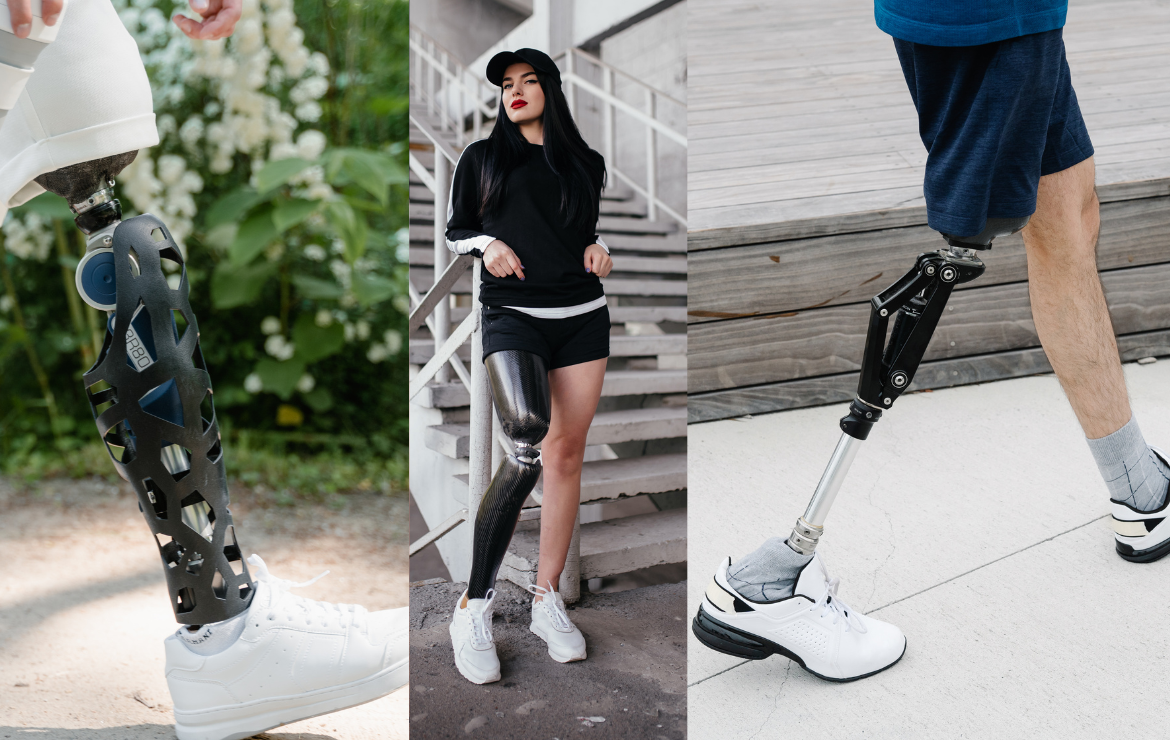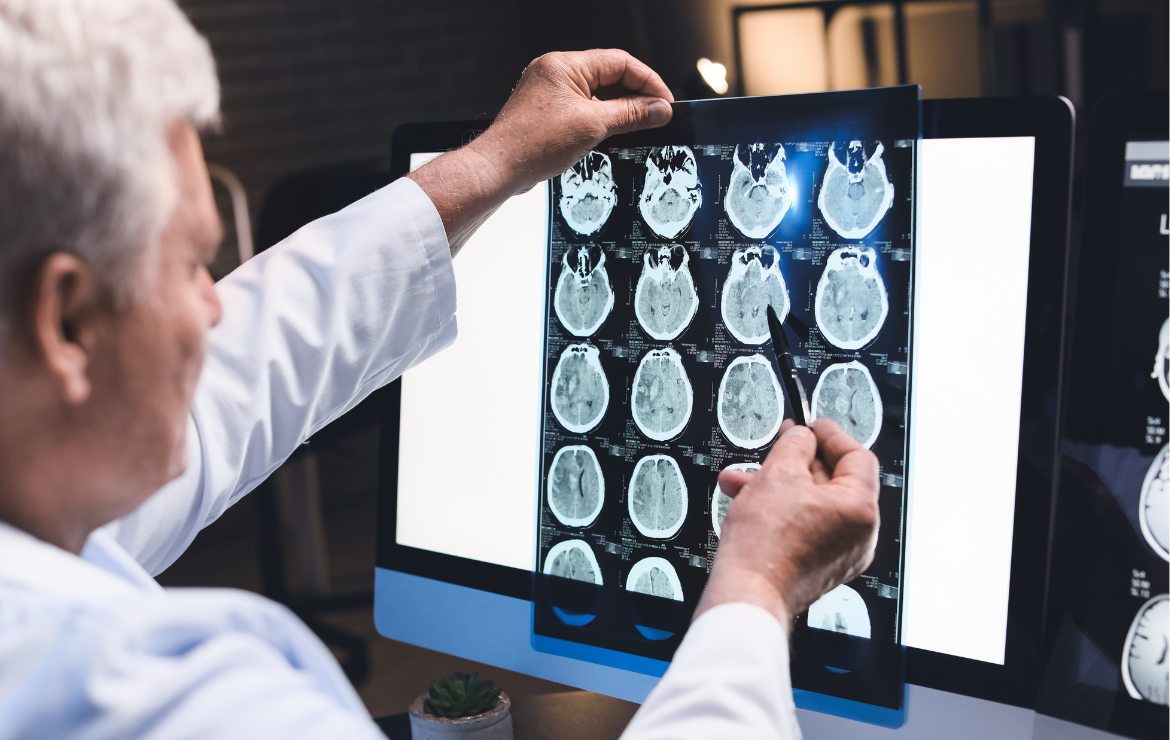Revolutionize Spinal Diagnosis with Artificial Intelligence

In recent years, advances in artificial intelligence (AI) technology have enabled massive changes to the medical industry – and spinal diagnosis and treatment are no exception. By harnessing brain-machine interfaces, doctors can now deploy AI diagnostics to detect even the most complex cases of spine injury more efficiently and accurately while avoiding costly secondary injuries or therapies.
How AI Diagnosis Spine Injuries
To diagnose spine injuries, radiologists typically use manual image analysis – a process that can be both time-consuming and error-prone. With AI diagnostics, however, radiologists can quickly and accurately identify abnormalities in x-rays. By utilizing advanced algorithms, AI can detect small changes in imaging patterns, which may indicate an underlying problem. This helps radiologists provide more precise diagnoses for their patients.
AI has also been used to detect vertebral fractures – a type of injury that often goes undetected because it’s not visible on plain x-rays. Using deep learning algorithms, AI can see subtle changes in bone density, which may indicate a fracture. This helps radiologists catch problems before they become serious health issues – saving both time and money in the long run.
Benefits of AI Diagnostics for Patients
AI diagnostics offers many benefits for patients seeking treatment for spine injuries. First and foremost, it helps ensure an accurate diagnosis of spine injuries – reducing the risk of misdiagnosis or missed diagnosis altogether. Additionally, by providing faster and more reliable diagnoses, patients can receive timely treatments that may help reduce pain and discomfort associated with their condition. Finally, AI diagnostics can help reduce costs associated with medical procedures as fewer tests will be necessary to arrive at a diagnosis due to improved accuracy rates provided by these technologies.
Conclusion
AI diagnostics are revolutionizing the way spine injuries are diagnosed and treated today. By leveraging advanced algorithms and deep learning techniques, radiologists can now quickly diagnose spinal conditions with greater accuracy than ever before – resulting in improved patient care outcomes overall. This technology has the potential to revolutionize healthcare as we know it – helping doctors provide better care for their patients while reducing costs simultaneously.
How does AI work in Diagnosing Injuries?
The technology uses algorithms to analyze thousands of images and compare them against a database of known images to make an accurate diagnosis. For example, if a patient’s X-ray shows a fracture, the algorithm will compare it against other known images of fractures and make an accurate assessment.
In addition to being more accurate than human doctors, AI is much faster than traditional methods. A computer can analyze thousands of images in minutes which would take days or weeks for a human doctor to do. This means that patients can receive their diagnoses much quicker and begin treatment earlier, thus reducing recovery time and improving outcomes overall.
A study by Boston University School of Medicine researchers shows that AI assistance revolutionized the detection of fractures, reducing missed cases by an impressive 29% and improving accuracy for multi-fracture exams with a 30% increase in sensitivity while improving specificity by 5%.
Study: https://healthitanalytics.com/news/usingartificial-intelligencetoidentifyfractures-on-x-rays










